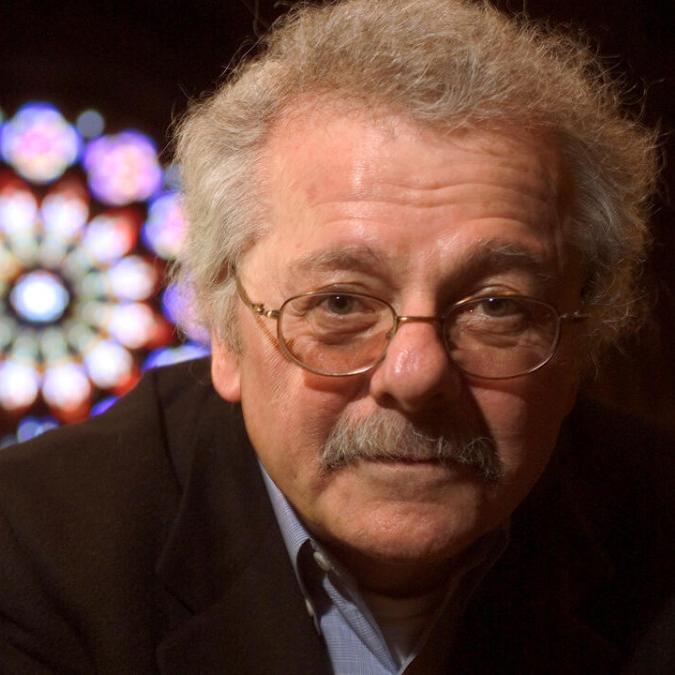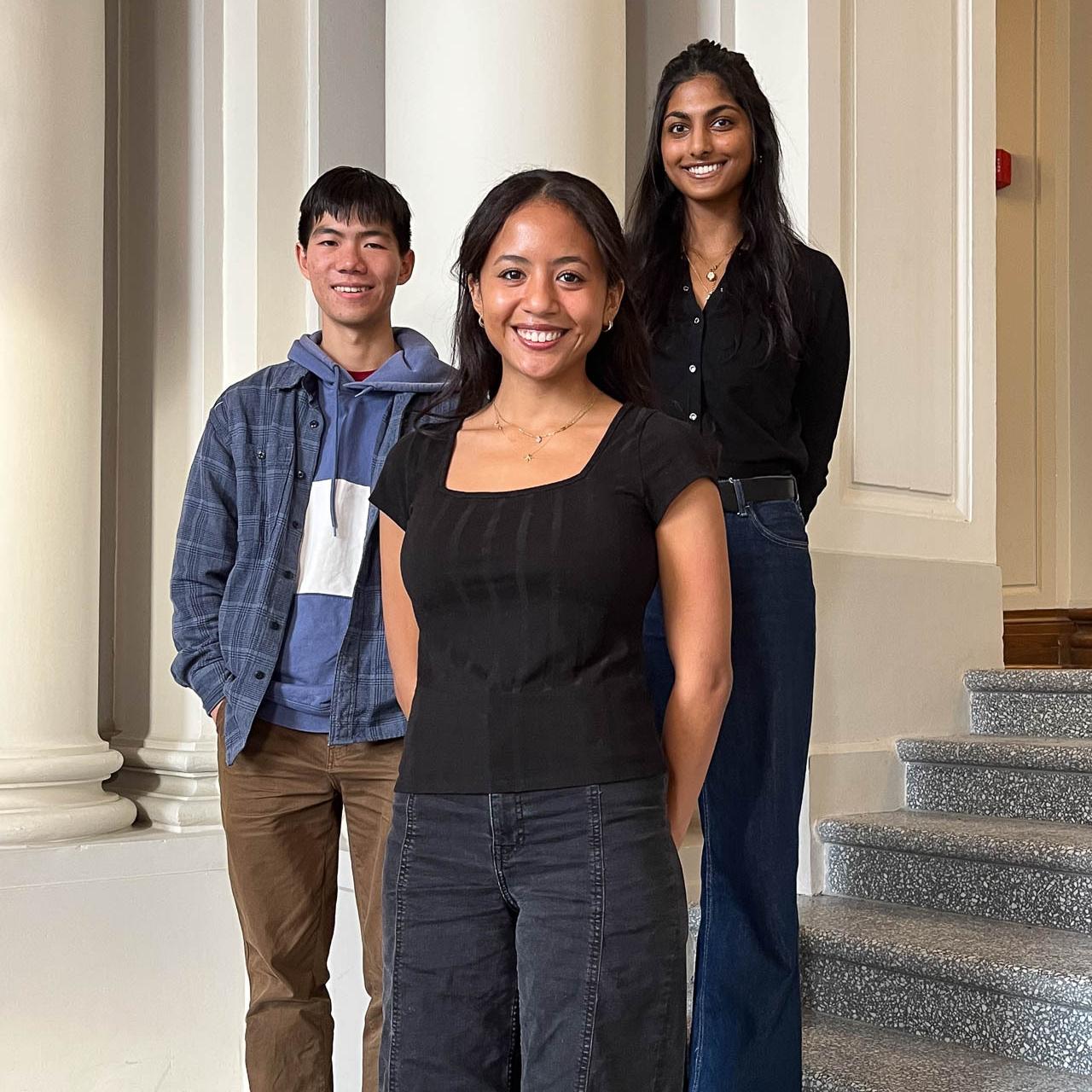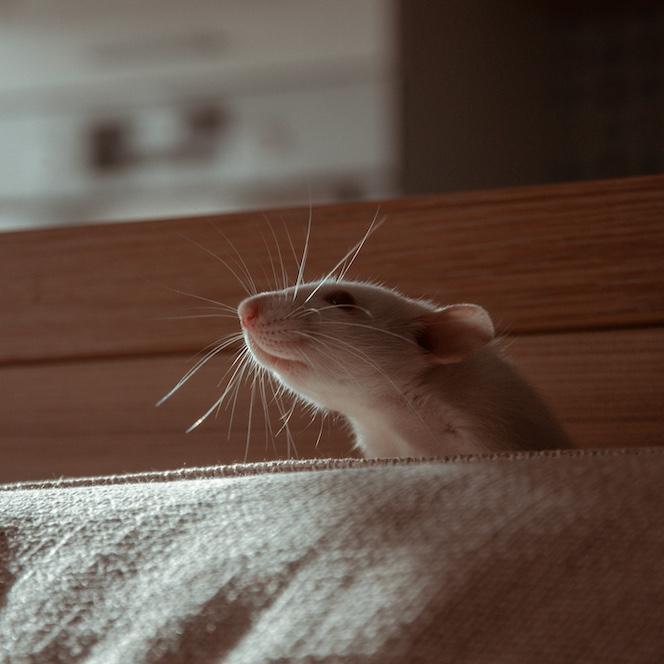Watch a Cornell ice hockey game at Lynah Rink and you’ll spend three periods looking at – or rather, through – a methacrylate, a type of polymer used widely in paints, adhesives and glass substitutes. But making this material for applications more nuanced than blocking hockey pucks – for instance in drug delivery mechanisms – requires a highly controlled process called anionic polymerization, which has been difficult and even dangerous to pull off.
Now, Cornell chemists have developed a user-friendly, scalable anionic polymerization process for methacrylate that’s precisely controlled and mediated by carbon dioxide (CO2). Useful for developing advanced applications of methacrylate, the process is already benefiting researchers such as engineers working to develop metal-free batteries and has potential future applications in biomedical settings.
“Making anionic polymerizations more accessible and safer will allow the scientific community to use these powerful methods to make next-generation materials,” said Brett Fors, the Frank and Robert Laughlin Professor of Physical Chemistry in the Department of Chemistry and Chemical Biology in the College of Arts and Sciences (A&S).
Fors is corresponding author of “Controlled Anionic Polymerization Mediated by Carbon Dioxide,” which published in Nature Chemistry on May 13. The first author is doctoral student Paige Jacky, M.S. ’23. Alexa Easley, Klarman Postdoctoral Fellow in chemistry and chemical biology (A&S) is a co-author.
Anionic polymerization is a powerful way to make materials with well-defined molecular structures, in which precise control allows scientists to understand how the material’s structure and properties are related, Easley said.
“For specialty applications, like drug delivery, if you’re submitting to the Food and Drug Administration a plan with an exact polymer, you need to have a very known structure, which Plexiglas does not have,” Easley said. “Glass substitute is great for what it’s doing, like protecting us at sports events, but it couldn’t be used for these biomedical applications, where there’s more need for structural control.”
Existing anionic polymerization methods are hard to do – and often dangerous, requiring toxic metals, chemicals that are explosive or spontaneously flammable in air, or other compounds that contaminate the final material. Some of these methods require very low temperatures and are sensitive to moisture and air.
In contrast, the Cornell team’s method, called CO2-mediated reversible deactivation anionic polymerization (CMAP), is simple, requiring one container. It uses an atmosphere of carbon dioxide plus an initiator, and it works through easy-to-achieve heating rather than deep cold. It yields well-defined materials. The simple synthesis of the initiator and “one-pot” nature of the process makes anionic polymerization an accessible tool that can be used outside specialized chemistry labs.
The keys to the method are carbon dioxide and heat, Jacky said. Inspired by recent research on reversible initiators – chemicals used to both start and stop a reaction – she turned to carbon dioxide: it’s relatively abundant, cheap and nontoxic in this context. Typically, carbon dioxide is considered a terminating agent in anionic polymerizations, but she discovered that “the process is reversable if you apply heat.”
Carbon dioxide starts and stops the reaction rapidly. It also protects and stabilizes the enolate, a key component that is very reactive.
The researchers tested the method using a setup Easley has developed during her Klarman Fellow research to monitor molecules for carbon dioxide capture.
Work still needs to be done to scale the CMAP method for industry, but the researchers believe this work will inspire future similar reversible deactivation strategies for other anionically polymerizable vinyl monomers. They also hope the method makes anionic polymerization of methacrylate materials more approachable to the broader scientific community.
It’s already in used by some researchers, including Easley. As a graduate student in engineering at Texas A&M University, Easley tried to make a polymer for a metal-free battery, but the only available method – using pyrophoric initiators – was not working.
“I tried multiple ways to do it and never could get it,” she said. But now, using CMAP, “we made it.”





